Early on in this dazzling new biography, Martin Gayford compares Michelangelo, with his daunting artistic tasks, to Hercules, the subject of an early (and now lost) sculpture. A Michelangelo biographer is likewise faced with an intimidatingly Herculean task. ‘Few other human beings except the founders of religions,’ acknowledges Gayford, ‘have been more intensively studied and discussed.’ Such was Michelangelo’s fame — he became ‘something approximating to a modern media celebrity’ — that in his own lifetime he was the subject of three biographies.
And he does not make things easy for biographers. He was an enigmatic, paradoxical figure, with his earliest biographer, Paolo Giovio, ruefully noting the disparity between his divine gifts and his ‘unbelievable meanness’. He was also incredibly long-lived: born in 1475, in the Florence of Lorenzo de’ Medici, he died almost nine decades later in Rome, during the height of the Counter-Reformation.
Indefatigably active as an artist until only weeks before his death, he produced a staggeringly abundant body of work: paintings, sculpture and architecture, as well as countless drawings and more than 300 poems. For over half a century, he was at the heart of political and ecclesiastical power, coveted by princes and the intimate of popes, one of whom, Julius III, planned to keep his embalmed corpse faithfully by his side if Michelangelo predeceased him (fortunately, the pope died first).
Gayford is the author of two lively, poignant studies of crucial episodes in the history of art: The Yellow House, detailing Gauguin and Van Gogh’s tragic interplay during their nine weeks together in Arles in 1888, and Constable in Love, which follows the painter’s love affair with his muse, Maria Bicknell.
Here, bucking the trend for micro-histories and slimmed-down biographies, he turns to history on a grander scale, attempting to render full justice to a figure even more titanic than Constable or Van Gogh. His biography is therefore something of an epic in its own right, exhaustively researched and absorbing everything from contemporary letters and those first gossipy biographies, to the latest research into the finer points of Michelangelo’s (surprisingly effective) business methods.
The end result is a perceptive and finely nuanced biography that’s as compellingly readable as Gayford’s earlier histories. Despite its size, the work is a marvel of economy as it hurtles smartly through the action-packed decades that see Michelangelo scurrying back and forth from Florence to Rome, with long forays in the marble quarries of Carrara.
The narrative is at its most engrossing when tracing the ups and downs of Michelangelo’s erratic mid-life career. After the brilliant beginnings of the Pietà and the David — both completed before he reached the age of 30 — came many unhappy years of frustrated and often fruitless toil. The Sistine Chapel fresco was a triumph, but Gayford shows how, with excruciating consistency, various other projects either languished incomplete or disastrously came a-cropper. Even the great Michelangelo, he reminds us as a corrective to the romantic hero-worship, ‘could be mediocre’.
He may have been known in his own lifetime as Il Divino, but few of his works, even the greatest, escaped criticism of one sort of another. The David was regarded by many, Gayford points out, as a ‘freakish oddity’. No sooner did it emerge from the workshop than it was pelted with stones (the doing of either a pro-Medici faction or ‘Florentine yobs’), and its privates were hastily garlanded with gilded leaves — evidently to the satisfaction of Leonardo da Vinci, who sniffed that he wished it to have ‘decent ornaments’.
It would not be the last time Michelangelo’s insistence on nudity challenged viewers. His Last Judgment on the altar wall of the Sistine Chapel — painted in the 1530s and memorably described by Gayford as a throng of ‘groins, penises, breasts, testicles and buttocks’ — struck a wrong note in a sober age of religious reform.
If Michelangelo’s artistic adversities were the result of sanctimonious prudery, political vicisissitudes, and impossibly overambitious schemes (one project mooted by Pope Clement VII was a 76-foot-high marble colossus), much was also down to the artist’s own stubborn and ornery nature. Gayford is clearly entranced by this bizarre and at times appalling character whose personality was as strained and contorted as one of his sculptures: the social snob who believed himself descended from ‘the bluest blood in Tuscany’, yet who mixed best with humble village stonemasons; the penny-pincher who extorted large sums from his patrons (and who died with a fortune in ducats squirrelled away in household jars), yet who could be ‘extraordinarily, embarrassingly generous’; and the pious Christian whose ‘strongest feelings of desire were denounced as sinful by the Church in which he believed’.
Gayford avoids undue speculation — most notably regarding Michelangelo’s exasperatingly shrouded sex life — and sticks to the known facts. But he is imaginative and inquisitive throughout, distilling the tomes of scholarship and judiciously sifting the evidence. Mercifully, no doubt, he shies away from the numerous scholarly spats and knotty problems of attribution, although I would have enjoyed his frank take on a number of contentious works, such as ‘The Entombment’ and ‘The Manchester Madonna’, two unfinished works in the National Gallery.
The modern-day analogies occasionally jar: Pietro Torrigiano as Flashman; the fashion for love-sick sonnets taking hold in 16th-century Italy ‘as rock and roll did in 1950s Europe’. But for anyone who believes that little is left to say about Michelangelo’s paintings or sculpture, Gayford presents shrewd insights into their fascinating minutiae, such as the tantalisingly incomplete signature on the Pietà, or the way the nudity of the David was necessitated by the shape of the marble. He also punctures some age-old myths, and suggests that Michelangelo and Leonardo might actually have started off as mutual admirers and even possibly friends, sharing notes on a Latin teacher and copying each other’s work.
A 1568 biography of Michelangelo declared him the greatest man the arts had ever known. Yet it is sobering to think that, at the end of his long life, he doubted his achievement. A despairing poem questions the worth of his sculptures (‘so many toys’) and wonders ‘what /The point was’. He need not have feared. As Gayford shows, Michelangelo’s greatest achievement lay not in even his finest works but rather in his own brilliant, belligerent, larger-than-life personality — in the way that, thanks to his energy and ambition, he ‘transformed the notion of what an artist could be’.
Got something to add? Join the discussion and comment below.
Get 10 issues for just $10
Subscribe to The Spectator Australia today for the next 10 magazine issues, plus full online access, for just $10.
Available from the Spectator Bookshop, £23. Tel: 08430 600033
You might disagree with half of it, but you’ll enjoy reading all of it. Try your first month for free, then just $2 a week for the remainder of your first year.

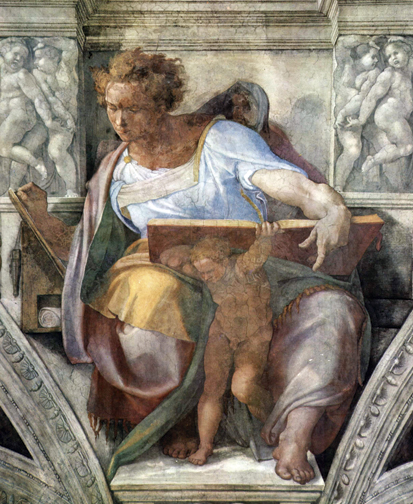
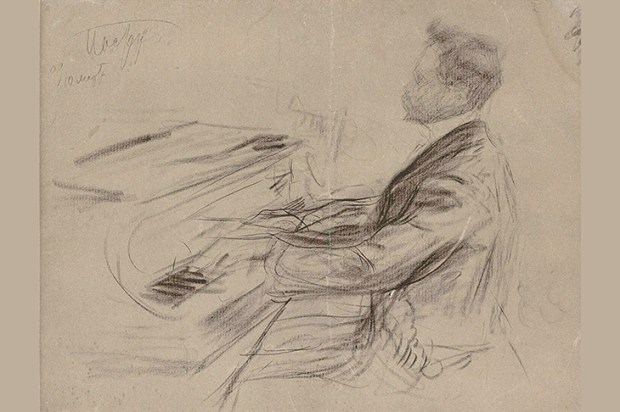
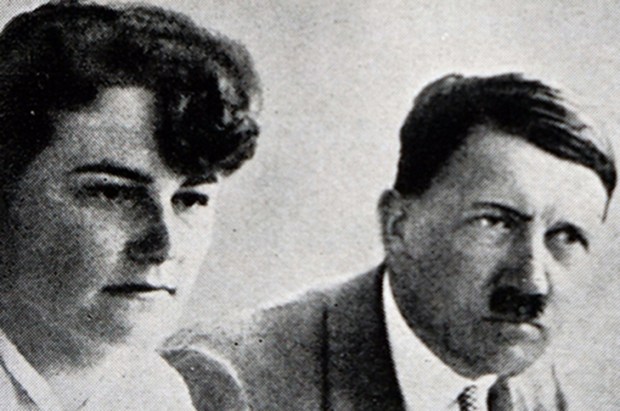
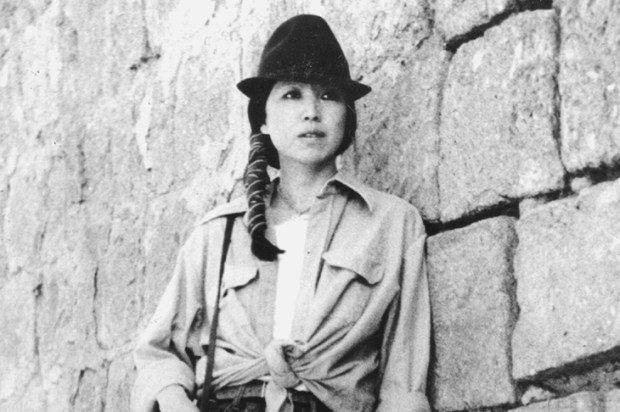
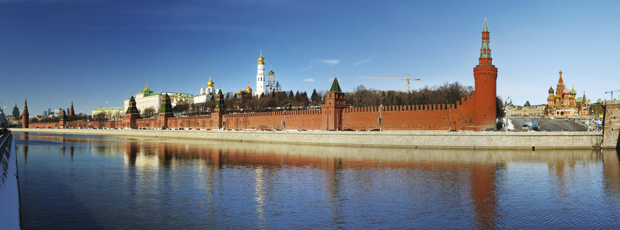
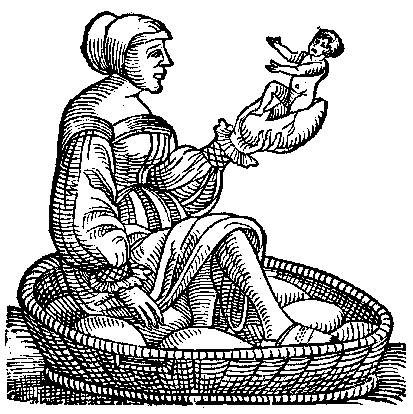
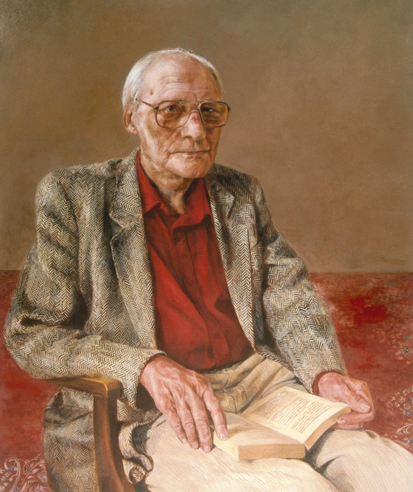






Comments
Don't miss out
Join the conversation with other Spectator Australia readers. Subscribe to leave a comment.
SUBSCRIBEAlready a subscriber? Log in